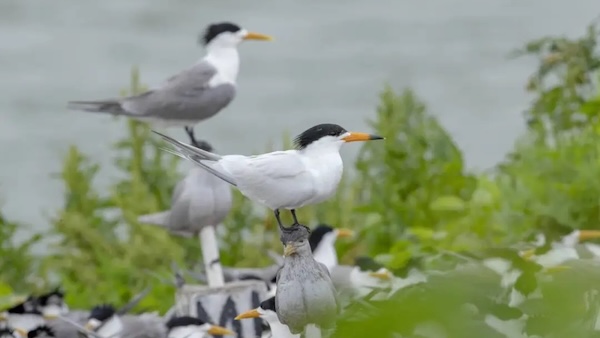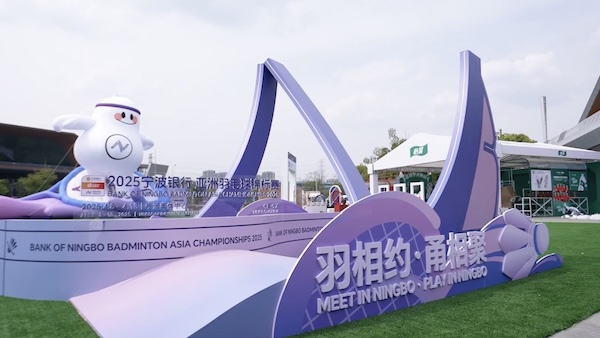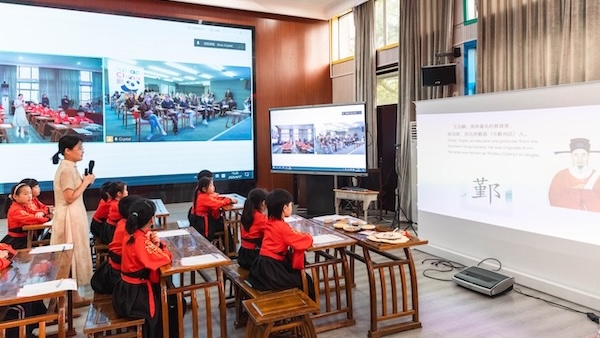Ballads
Zhejiang Ballads in Pre-Qin Dynasty Period
Materials about Zhejiang ballads in the Pre-Qin Dynasty are scarce. We can only refer to those fragmentary records like Zuo Tan Ge (Singing While Plucking) in History of Wu and Yue State written by Zhao Ye in the Eastern Han Dynasty, and Yue Ren Yong Ji Ge (Songs of Oars in Yue) in Shuo Yuan (Talks of the Garden) written by Liu Xiang in the Western Han Dynasty.
Zhejiang Ballads in the Three Kingdoms period
From the Three Kingdoms period, the songs in Wu dialects began to spring up between northern Zhejiang and southern Jiangsu provinces. The General Anthology of Yuefu Poems, compiled by Guo Maoqian in the Song Dynasty, listed two kinds of authentic songs in Wu dialects: Qian Xi Qu (Qian Xi Songs) and A Zi Ge. Qian Xi, now called Yuying Stream, a stream located to the south to Deqing county, Zhejiang province. According to Deqing County Annals written during the Emperor Kangxi's Reign, there were Qian Xi (Front Stream) Workshop and Hou Xi (Back Stream) Workshop in the south of the county. They were places people were taught to sing and dance and were the home to many famous performers in the Southern Dynasty. The number of the workshops reached several a few hundred in the Tang Dynasty. Qian Xi Qu was probably the songs prevailing in this area.
Zhejiang ballads in the Eastern Jin Dynasty and the Southern Dynasty
In the Eastern Jin Dynasty and the Southern Dynasty, Zhejiang ballads developed quickly in the south bank of the Qiantang River. According to the Life of Xun Li - History of the Southern Dynasty, one was sure to find singing and dancing in every county with more than a hundred households and in every city with fairs. Tai Ping Yu Lan (Imperial Review) cited from Pei Ziye's Song Lue (Outline of Song Dynasty) a similar description of singers and dancers crowding the mansion of the noble and rich merchants. The eastern Zhejiang was no exception with nobilities indulging in the beautiful sceneries and feasts with singings and dancing. Zuo Si in the Jin Dynasty compared the ballads of Wu and Yue State in his work To the Capital of Wu, so did Geng Xin of the Northern Dynasty in his Mourn for the River South. This mentioning in the same breath of Wu and Yue ballads indicated that the two enjoyed the same popularity in eastern and western Zhejiang. In the coastal cities like Shaoxing, Ningbo, Wenzhou and Yuhang, many pieces of celadon burial furnishings in the Jin Dynasty were unearthed, on which there were patterns of people beating drums, playing instruments, dancing and doing vaudeville. Another profile of the musical world of the time reflected by these cultural relics was that the figures were all foreigners with Roman noses, sunken eyes, and dressed in Hu costumes and accessories. This showed that the powerful Hu (the non-Han nationalities living in the north and west of China in ancient times) brought with them the culture of the Middle Plain and of the Western Regions as they moved southward.

 Ningbo seabird project seeks international volunteers
Ningbo seabird project seeks international volunteers  Jakub's journey: From shipyard to sea
Jakub's journey: From shipyard to sea  Badminton Asia COO applauds Ningbo
Badminton Asia COO applauds Ningbo 


